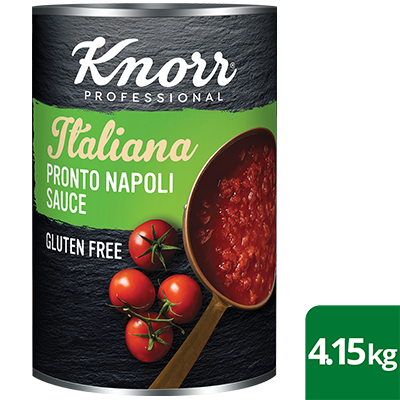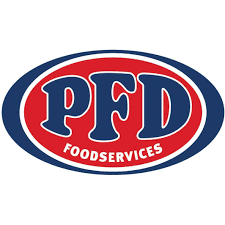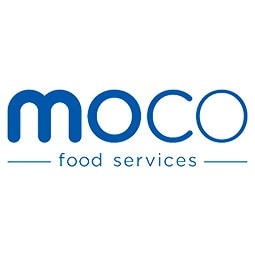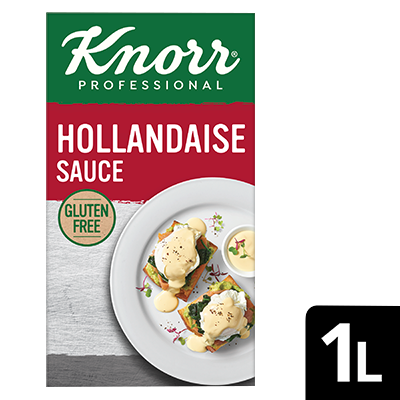Posted on Tuesday, 21ˢᵗ January, 2020
In December 2017, a framework for managing diversity in aged care was released. This framework became increasingly necessary as the demographics of elderly people in Australia evolved with our changing population.
The aged care Diversity sub-group not only created a top-level guide to diversity, but also four more specific action plans for the following groups:
• Older people with diverse characteristics and life experiences
• Older Aboriginal and Torres Strait Islander Peoples
• Older people with culturally and linguistically diverse backgrounds
• Lesbian, gay, bi-sexual, trans, gender-diverse and intersex elders
It is anticipated further action plans will be developed.
While the main framework does not specifically mention food for aged care, each of the six outcomes for customers has implications for food service and meals. While many of the points may already be incorporated into the daily processes of your facility, additional attention should be paid to those with diverse backgrounds.


While this outcome covers the broader topic of the aged care system, it can also be applied to specific customer questions about the type of food, how and when it is served as well as if the customer’s specific cultural needs are catered for.

With the introduction of the New aged care Standards, the key to this outcome is to make sure your residents have access to the information they need and are able to understand it so they can make intelligent decisions. Is the information presented in a language they understand, are images used, and have they acknowledged that they have understood any risks? It is particularly important for your residents to be able to eat food they love safely.


In short, this outcome relates to the involvement of a customer in any relevant planning and implementation of a care plan and/or meal plan. It is difficult to ensure all care staff, including kitchen and food service staff, are well-versed in all aspects of diversity. However, it is easy to involve residents with different beliefs and lifestyles in the planning of how they are part of your facility.

Involve customers in the food planning process and ensure there is awareness with all staff and volunteers around any cultural needs during mealtimes. Acknowledge and facilitate traditions, events, celebrations and festivities as part of menu planning and dining service so all your residents can feel included.



Again, understanding specific requirements will help accommodate diverse needs. Ensuring residents are able to have their needs heard and understood, and can understand questions and requests, can help mealtimes run smoothly and enjoyably.

Make sure food service and support staff are aware of any cultural issues and are not making assumptions. If a resident doesn’t respond, they may not have understood because of a language barrier or they may not have felt comfortable answering certain questions. Ensure all residents feel comfortable and relaxed at mealtimes.


How a resident feels one day, how comfortable they may be with some staff and not with others due to life experiences, gender issues, or different cultural norms, can change the next, or with different staff.

For residents who require assistance at mealtimes, make sure they are comfortable with the carers who are helping them. Being fed by another person can be very personal, but not everyone is comfortable voicing their likes and dislikes. Watch for signs such as refusing to eat on certain days or certain meals. Ask your resident who they would like to assist them. You may have to adjust your staff scheduling to accommodate some specific preferences.



Regardless of your perception or understanding of a culture, a person’s ability or personal preferences, nothing beats sitting down and asking someone how they would like to be treated and honouring those preferences. It can be anything from how and when they eat, to where they eat and the food they prefer. Who they eat with can also be a sensitive issue.

Regardless of your perception or understanding of a culture, a person’s ability or personal preferences, nothing beats sitting down and asking someone how they would like to be treated and honouring those preferences. It can be anything from how and when they eat, to where they eat and the food they prefer. Who they eat with can also be a sensitive issue.


The final point in the framework states “Older people must be able to access high quality and culturally safe aged care services and support irrespective of their personal, social or economic vulnerabilities.”

Regardless of the kind of diverse backgrounds your residents have come from, the additional considerations such as disability, dementia and frailty all mean these people are, by default, vulnerable. Ensuring they feel safe and cared for on their terms during mealtimes is essential.
Further resources can be found here.

Disclaimer: The content of this article is created for inspiration purposes only. It is not intended as clinical, medical or nutritional advice.
Related Articles
Top recipes
-
Greek Meatball Soup -
Lamb Schnitzel with Rosemary Parmesan Crumb -
Lemon Chicken Tandoori -
Fish Pie with Potato Top -
Mushroom Parmigiana with Bocconcini, Pesto -
Fragrant Coconut and Turmeric Chicken Casserole -
Potato & Cauliflower Pizza, Asparagus, Bocconcini & Bacon -
Pork Sugo, Pronto Jus -
Thai Chicken Meatballs with Thai Coconut Gravy -
Creamy Tuna and Tomato Vol au Vents -
Stuffed Baked Mushrooms -
Roast Veg Frittata Sandwich
Related Products
Further resources can be found here.
Log in or Create an account to access:
- Get access to this content
- Discover the latest culinary trends
- Explore and save your favourite recipes
- Watch free video training courses for chefs


























